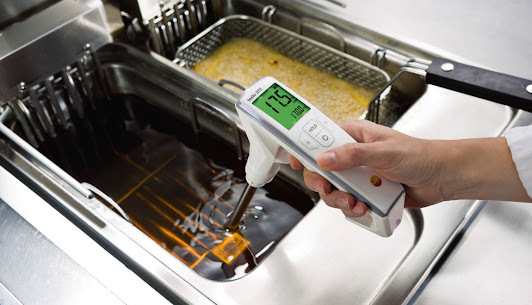Can Thermal Imaging Detect Gas Leaks?

Image Source:- Testo India Thermal imaging is a valuable tool for detecting gas leaks and other problems that can cause equipment failure or safety hazards. Can thermal imaging detect gas leaks? Thermal imaging can be used to detect gas leaks. Gas leaks can often be detected using thermal imaging cameras because gas is typically colder than the surrounding air, and it can cause a drop in temperature when it escapes from a pipe or other container. Leak detection thermal imaging cameras work by detecting the temperature of objects and surfaces and displaying the information as a heat map. When a gas leak occurs, the escaping gas will be colder than the surrounding air, appearing as a cooler area on the heat map. This allows technicians to quickly locate the source of the leak and take appropriate action. Thermal imaging cameras are widely used in various industries, including oil and gas, utilities, and manufacturing, to identify and fix equipment problems, such as gas leaks....

.jpg)
.jpg)
.jpg)

